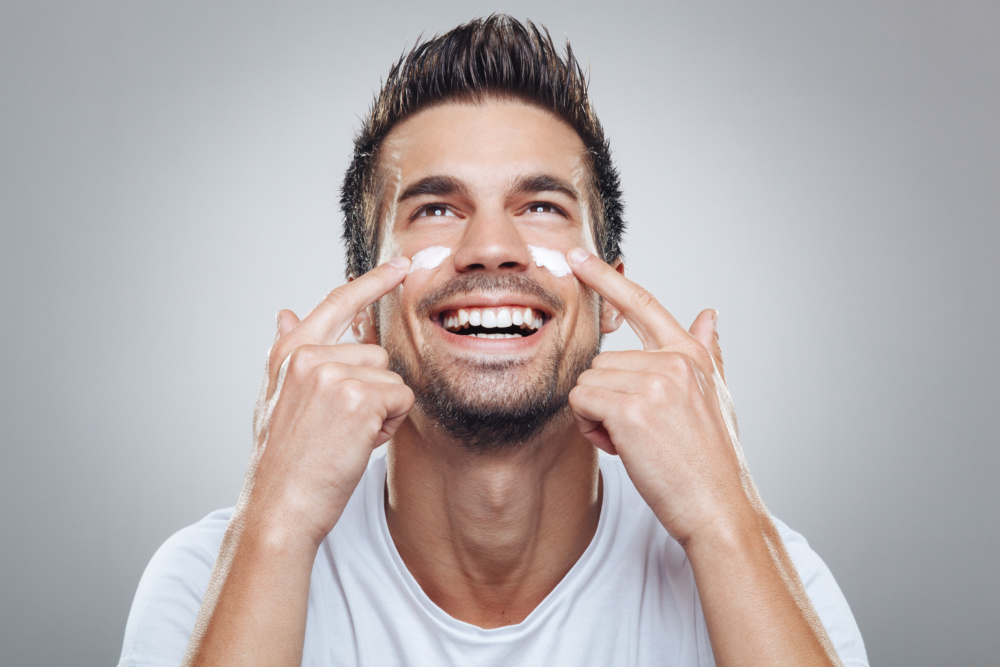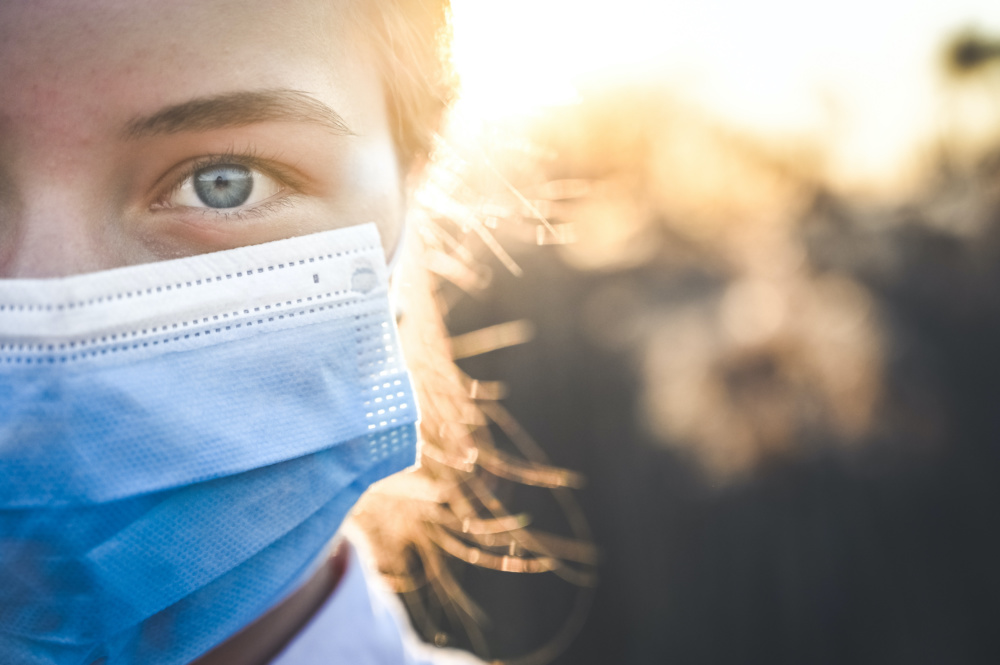Provided by Premier Bio Waste Solutions
Hand washing is important to your health because it kills many of the germs on your hands that can make you and those around you sick. In the United States, it’s estimated that 80 percent of infectious diseases are transmitted through our hands. The many places that we touch that have microbes include:
• Desks at work
• Keyboards and remotes
• Kitchen sinks, which carry more germs than bathroom sinks
• Dishcloths and sponges
• Garbage cans
• Refrigerators
Other surfaces that harbor germs are bathroom doorknobs, handrails on escalators, light switches, remote controls and pens, pencils and crayons.
These Behaviors Can Transmit Microbes
Certain situations require immediate hand washing to avoid making yourself or others ill. They include changing a diaper that’s soiled with diarrhea or petting an animal or touching a surface that an animal has been in contact with.
Wash your hands if you’ve handled raw poultry, meat or seafood or egg products. Germs that are on them can be transmitted to other foods such as salads. Cooking kills many germs, but salads and some other foods can’t be cooked.
Before preparing food or eating, hand washing is necessary. This is particularly true if you are feeding children, the sick or the elderly. It’s pretty well known that after using the bathroom or sneezing, coughing or rubbing your eyes, you should wash your hands.
How to Wash Your Hands with Soap and Water
You have options in choosing the products to sanitize your hands with, and there’s a technique to follow depending on which way you decide to attack the issue.
The best way to get most germs off your hands is to wash them with liquid soap and water, many studies conclude. Researchers state that antibacterial soap is no better at killing germs than traditional soap.
In many cases, the use of bar soap is not advised because it easily promotes the spread of germs from one person to another. If you must use it at home, rinse it under running water after each use. If a public bathroom has bar soap, try to avoid using it.
Here are the steps for washing your hands with liquid soap:
1. Use soap and warm, running water.
2. Tilt your fingers downward.
3. Rub your hands together vigorously for 20 seconds, washing the backs, wrists, in between your fingers and your thumbs. If a nail brush is handy, wash under your nails.
4. Use a paper towel to turn off the faucet because germs are on it. (Germs can remain on faucets and soap dispensers for days unless they are properly cleaned and disinfected.)
5. Dry your hands with a paper towel or a clean cloth towel.
6. Open the bathroom door using a paper towel.
Just as the friction of the vigorous rubbing of your hands helps to remove dirt and grease, the friction of drying them with a paper towel or a clean cloth towel removes additional dirt and germs.
Drying Hands with Towels v. Electric Hand Dryers
Many public restrooms have electric dryers for hand drying. Most are either warm-air dryers or jet-air dryers. The first kind of dryer works by evaporating the water from your hands and moving the air downward. Jet-air dryers accomplish their goal by sending the water in opposite directions and forcing it into the air at very high speeds.
Twelve to thirty seconds are needed to dry hands mechanically, but most people don’t wait that long, so they leave with wet hands. Wet hands capture more germs than dry hands.
Using either of these kinds of hand dryers prompts many people to rub their hands together to hasten the drying process. Scientists caution that doing this causes the bacteria that lives on skin to rise to the surface. The takeaway: If you are using an electric hand dryer, give it time to do its work.
Researchers in one study found that germs can remain in the area near a jet-air dryer for 15 minutes. Scientists who studied one small environment reported that jet-air dryers caused 4.5 times more germs in the air than did warm-air dryers. Furthermore, they left 27 times more germs in the air than were left around dispensers for paper towels.
Rapid hand dryers cause dryness in some people, and this makes them reluctant to wash their hands often. Researchers say that using a rotating cloth towel to dry hands is effective only until the clean area is used up.
The bottom line is that many public health experts say that paper towels are the most sanitary way to your dry hands. One authority in the field was not kidding when making the suggestion to dry your hands on a clean pair of jeans (or a T-shirt) if paper towels are not available.
The manufacturers of some electric hand dryers have listened to the concerns of researchers, and they have added some improved models. Features include HEPA filters or sterilizing sterilize the forced air before releasing it into the atmosphere.
Killing Germs with a Hand Sanitizer
When you don’t have access to soap and water, you can fall back on an alcohol-based hand sanitizer. But if your hands have dirt or other matter that you can see on them, wash them with soap and water first. Then follow these steps.
1. In the palm of one hand, put a dab of hand sanitizer about the size of a dime. (You can use a sanitizing wipe instead.)
2. Rub hands together until the sanitizer is absorbed.
Advantages of a hand sanitizer:
• Takes less time to use than soap and water.
• Kills germs fast.
• Does not cause resistance to microbes.
• Causes less skin irritation than soap and water.
Proper hand washing is simple. Wash your hands thoroughly and dry them completely to hinder the spread of illness by germs.





Recent Comments